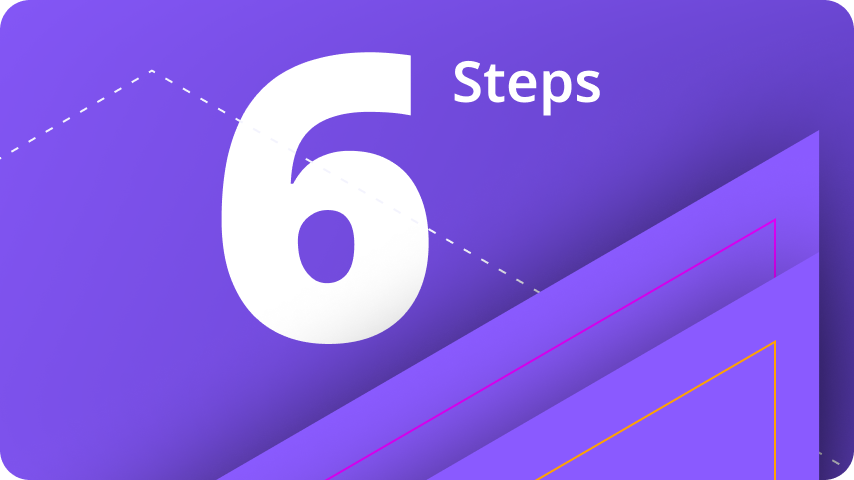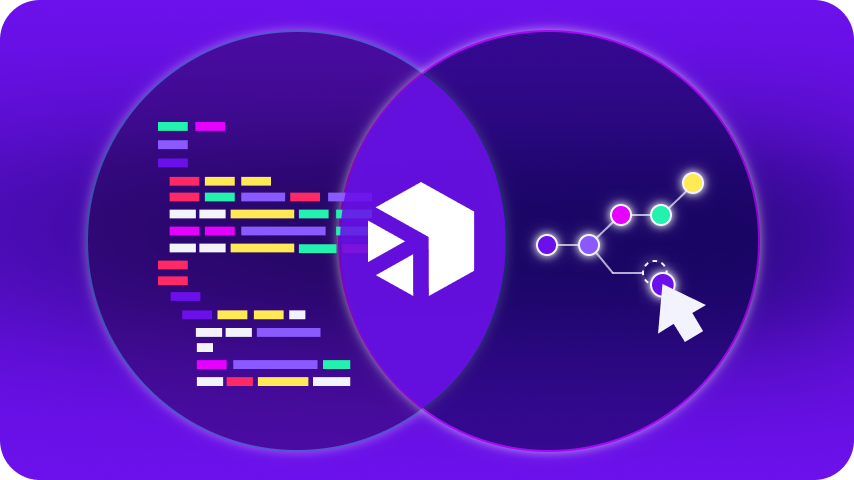May 11, 2023
Cloud migration is becoming more and more common – and increasingly complex. While most organizations have moved at least some of their digital assets to the cloud, cloud migration strategies remain prone to disruptions and delays.
But failure is not inevitable. A carefully developed cloud migration roadmap can help you remove roadblocks and avoid common pitfalls. Follow this simple cloud migration checklist to ensure you have everything you need in place for a smooth transition.
6 Steps to Optimize Your Cloud Migration
Digital transformation and cloud migration initiatives have become the number one reason enterprises embrace integration. And while partnering with an integration solutions provider can help minimize disruptions and downtime during the migration process, you’ll still need a cloud migration plan in place to optimize the transition.

Step 1. Determine Your Goals
Understanding what you hope to achieve is crucial to successful cloud migration. Identify the factors driving your move to the cloud and how you’ll determine if you’ve reached your goals. Is your organization looking to:
- Modernize legacy systems
- Embrace new technology as part of a digital transformation
- Increase resource scalability
- Reduce load on your IT staff
- Realize cost savings
Step 2. Plan Your Environment
The next stage in developing your cloud migration strategy involves planning your target environment in the cloud. This can include selecting a cloud provider – [1] 87% of organizations use a multi-cloud strategy today, so don’t assume your current cloud environment is the right option for new migration plans.
Take an inventory of your data, applications, systems, and infrastructure to determine what will be included in your cloud migration and what will remain in the current environment. Identify any dependencies and data flows that will affect (or be affected by) your transition to the cloud.
Step 3. Build Your Cloud Migration Roadmap
Once you’ve identified what is involved in your cloud migration plan and where it will move to, you can start planning how the transition will go.
- Document performance, challenges, and requirements of all relevant infrastructure
- Review compatibility between your existing and target environments
- Plan the order of your migration tasks, accounting for dependencies and complexity
- Determine milestones for each step in the cloud migration process
Step 4. Implement Your Plan
With your cloud migration goals and roadmap in place, you can begin the task of migrating your assets to the cloud. Working with an integration solutions provider, you’ll need to:
- Replicate all master data so that existing endpoints can be adjusted and reused
- Decouple systems – resist the urge to transform monolithic legacy system components into microservices, which can increase migration complexity and cost
- Ensure your target cloud environment, network, and existing systems are connected and communicating
- Migrate applications and data, testing accessibility and functionality frequently
Step 5. Validate Your Cloud Migration
When every step of your cloud migration project plan is complete, it’s vital to validate the success of your transition before going live with the changes. Your new cloud environment should now be an exact copy of your production environment, allowing for rapid testing to confirm all critical services are up and running and all data is accessible.
Step 6. Replicate Transactions and Go Live
Transactional histories can be migrated incrementally or in a single operation – your strategy should be determined by the volume and location of your data. Once transactions are replicated, you can flip the switch and adopt the replica environment created in the cloud for production. Shut down integrations relating to the on-premises environment and develop a plan to decommission them.
Integration is the Key to Cloud Migration Success
Integration bridges the gap between your current capabilities and what you hope to achieve in the cloud, reducing the risk associated with cloud migration strategies.
Digibee has developed an Integration Platform-as-a-Service solution that makes it easier for your team to free data from legacy systems and achieve your cloud goals, whatever they may be. Our low-code, intuitive interface simplifies the integration process so developers of all skills levels and experience can create integrations that maximize the value of your investments in the cloud.
Our 2023 State of Enterprise Integration Report highlights the important role integration plays in today’s cloud migration strategies. Download your complimentary copy today or book a no-obligation demo to see our solution in action.
12023 State of the Cloud Report, Flexera













